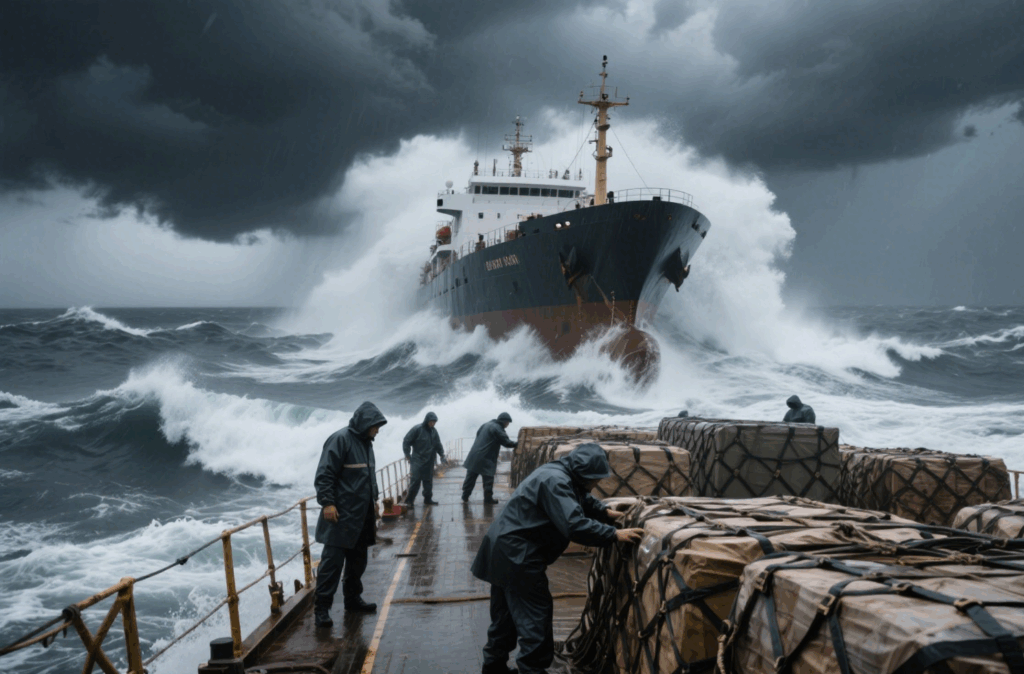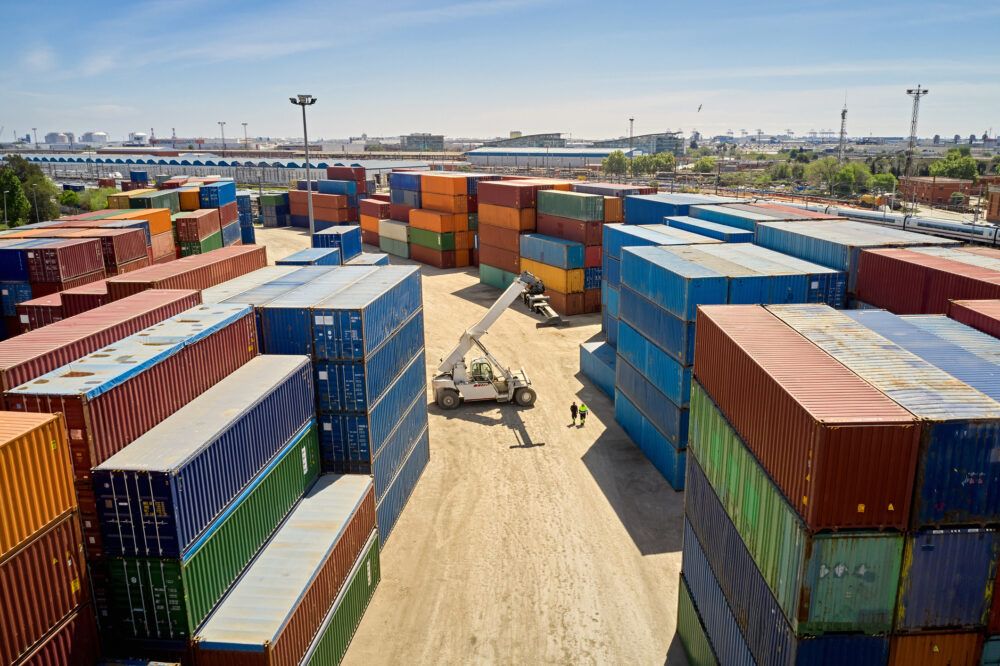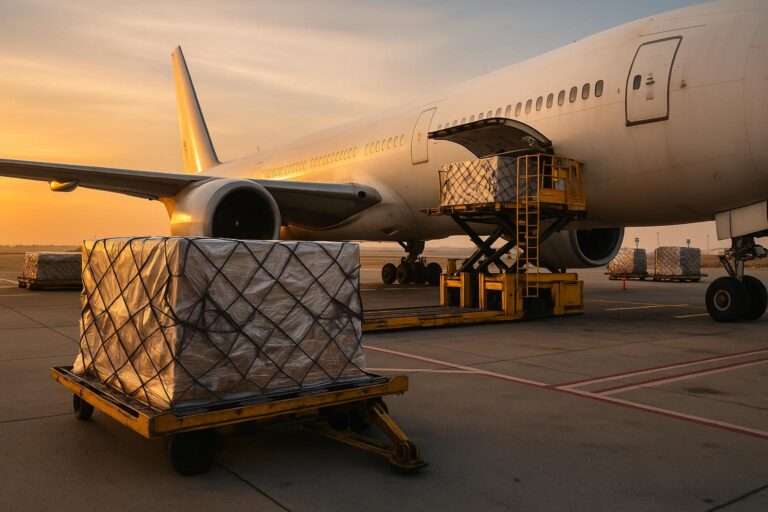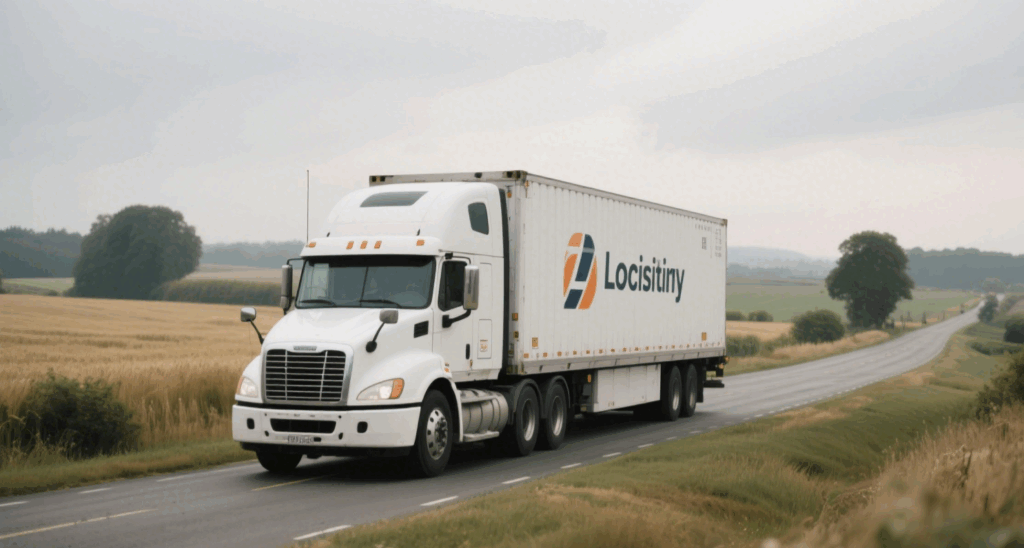Exporting food products from China to Europe has become a booming trade lane, connecting Asian suppliers with European retailers and distributors. However, food products shipping China to Europe involves strict compliance, temperature control, and detailed logistics planning to ensure safety and freshness throughout the supply chain.
What Makes Food Products Shipping from China to Europe Unique?
Unlike ordinary cargo, food shipments demand temperature control, certified packaging, and fast customs clearance. These items—ranging from dried fruit and snacks to beverages and frozen meat—must comply with both Chinese export laws and European import food safety regulations.
Moreover, transportation methods vary based on perishability. Perishable goods like frozen seafood often use reefer containers or air freight, while dry goods are better suited for sea or rail transport. The challenge lies in balancing transit time, cost efficiency, and compliance.
How to Choose the Right Shipping Method for Food Exports
The choice depends on shipment size, delivery urgency, and storage needs. Below is a comparison of popular methods used for food products shipping China to Europe:
| Shipping Method | Average Cost (per CBM) | Transit Time | Ideal For | Pros | Cons |
|---|---|---|---|---|---|
| Sea Freight (FCL/LCL) | $80–$150 | 30–40 days | Non-perishable goods | Cost-effective, high capacity | Slower delivery |
| Rail Freight | $180–$250 | 18–25 days | Packaged & processed food | Balanced speed & cost | Limited routes |
| Air Freight | $4–$8/kg | 5–9 days | Perishable & high-value goods | Fast & reliable | High cost |
| Courier/Express | $7–$15/kg | 4–7 days | Samples, small quantities | Convenient | Limited volume |
In summary, sea freight remains dominant due to scalability, while rail freight is growing for balanced transit and cost efficiency—especially for e-commerce food shipments.
What Are the Key Customs Requirements for Food Shipments?
Every food shipment from China to Europe undergoes thorough documentation and inspection. Failing to meet EU standards can cause severe delays or confiscation.
Here’s a checklist of required documents:
| Document Type | Description |
|---|---|
| Health Certificate | Ensures compliance with European food safety standards |
| Phytosanitary Certificate | Required for plant-based products like herbs or tea |
| Commercial Invoice & Packing List | Lists quantities, weights, and product details |
| Certificate of Origin | Verifies goods are produced in China |
| Bill of Lading or Air Waybill | Proof of shipment ownership |
| Import License (if required) | Certain food types need pre-approval in EU countries |
Additionally, European importers must register with the TRACES system (Trade Control and Expert System) for health and safety tracking.
Real Case Studies: Shipping Food Products from China to Europe
Case 1: Dried Fruits – Ningbo to Rotterdam
- Cargo: 1×20ft container (10 tons of dried mango & dates)
- Mode: Sea freight (reefer container)
- Transit Time: 32 days
- Cost: ~$2,800 including port fees
- Outcome: Arrived with 100% freshness, customs cleared within 48 hours
Case 2: Instant Noodles – Chongqing to Warsaw
- Cargo: 8 CBM of packaged noodles
- Mode: China–Europe Railway (via Kazakhstan and Poland)
- Transit Time: 21 days
- Cost: ~$1,500
- Outcome: Delivered 20% faster than sea freight, saving 12 days in distribution
How to Manage Cold Chain Logistics Effectively
Cold chain logistics plays a vital role in food products shipping China to Europe. It ensures items like meat, seafood, and dairy maintain safe temperatures throughout transport.
Best Practices Include:
- Using reefer containers with GPS temperature tracking.
- Regularly calibrating temperature sensors.
- Partnering with carriers offering 24/7 monitoring and backup power.
- Coordinating intermodal transport (sea + truck) to avoid delays at European ports.
By maintaining end-to-end temperature control, shippers avoid spoilage and regulatory rejections—preserving both quality and reputation.
What Are the Main Costs in Food Shipping Logistics?
Cost transparency is critical for importers and exporters. The following table outlines key cost components involved in food shipments from China to Europe:
| Cost Component | Description | Typical Range |
|---|---|---|
| Freight Charge | Sea, air, or rail cost | $80–$250/CBM |
| Customs Clearance | Inspection and paperwork | $50–$200 |
| Cold Chain Service | Reefer containers, monitoring | $300–$700 |
| Insurance | Cargo coverage | 0.3–0.5% of cargo value |
| Port Handling & Delivery | Loading/unloading & trucking | $200–$600 |
Pro Tip: Choosing the right Incoterms (like CIF or DDP) helps you define who pays for each cost—reducing unexpected expenses.
How to Ensure Compliance with European Food Safety Standards
European Union food laws are among the world’s strictest. To ship successfully:
- Register your products with EU import authorities.
- Verify that your ingredients comply with EU Regulation (EC) No 178/2002.
- Label products in English or the target EU country language.
- Use approved packaging materials suitable for food contact.
- Maintain full traceability from source to shelf.
In addition, third-party inspection agencies in China can conduct pre-shipment quality checks to ensure compliance before dispatch.
Practical Tips to Optimize Food Products Shipping
To enhance your logistics efficiency, apply these proven strategies:
- Plan shipments early: Book containers at least two weeks ahead to secure space and avoid seasonal surcharges.
- Work with certified freight forwarders: Experienced agents simplify customs clearance and regulatory compliance.
- Use mixed transport: Combine sea for bulk goods with air for perishable samples.
- Monitor routes: Use digital tracking to anticipate port congestion or weather delays.
- Negotiate long-term contracts: Fix rates with reliable carriers to stabilize costs.
Implementing these practices can significantly improve supply chain reliability, especially for growing European markets such as Germany, France, and the Netherlands.
Conclusion
Efficient food products shipping China to Europe requires strategic mode selection, regulatory compliance, and proper packaging. Whether you’re exporting dried fruits or frozen seafood, mastering these logistics principles ensures timely and compliant delivery.
By coordinating with trusted freight forwarders, implementing temperature control, and following EU food laws, your shipments will arrive fresh and profitable—building long-term success in the international food trade.
- Consult TJ China Freight Forwarding for the lowest quote. They will provide you with reliable, cost-effective service.
FAQ:
Q1.What is the cheapest way to ship food products from China to Europe?
Sea freight is the most economical option for bulk shipments, especially for non-perishable or packaged foods.
Q2.How long does shipping food from China to Europe take?
Transit time ranges from 30 to 40 days by sea, 18 to 25 days by rail, and 5 to 9 days by air.
Q3.Can I ship frozen foods from China to Europe safely?
Yes, use reefer containers with continuous temperature monitoring to maintain cold chain integrity during transit.
Q4.Which documents are needed for food export from China to the EU?
You’ll need health, origin, and phytosanitary certificates, plus invoices, packing lists, and customs clearance forms.
Q5.What are the import duties for food products in Europe?
Import duties depend on food category and HS code; processed items often range between 8–20% depending on country.





